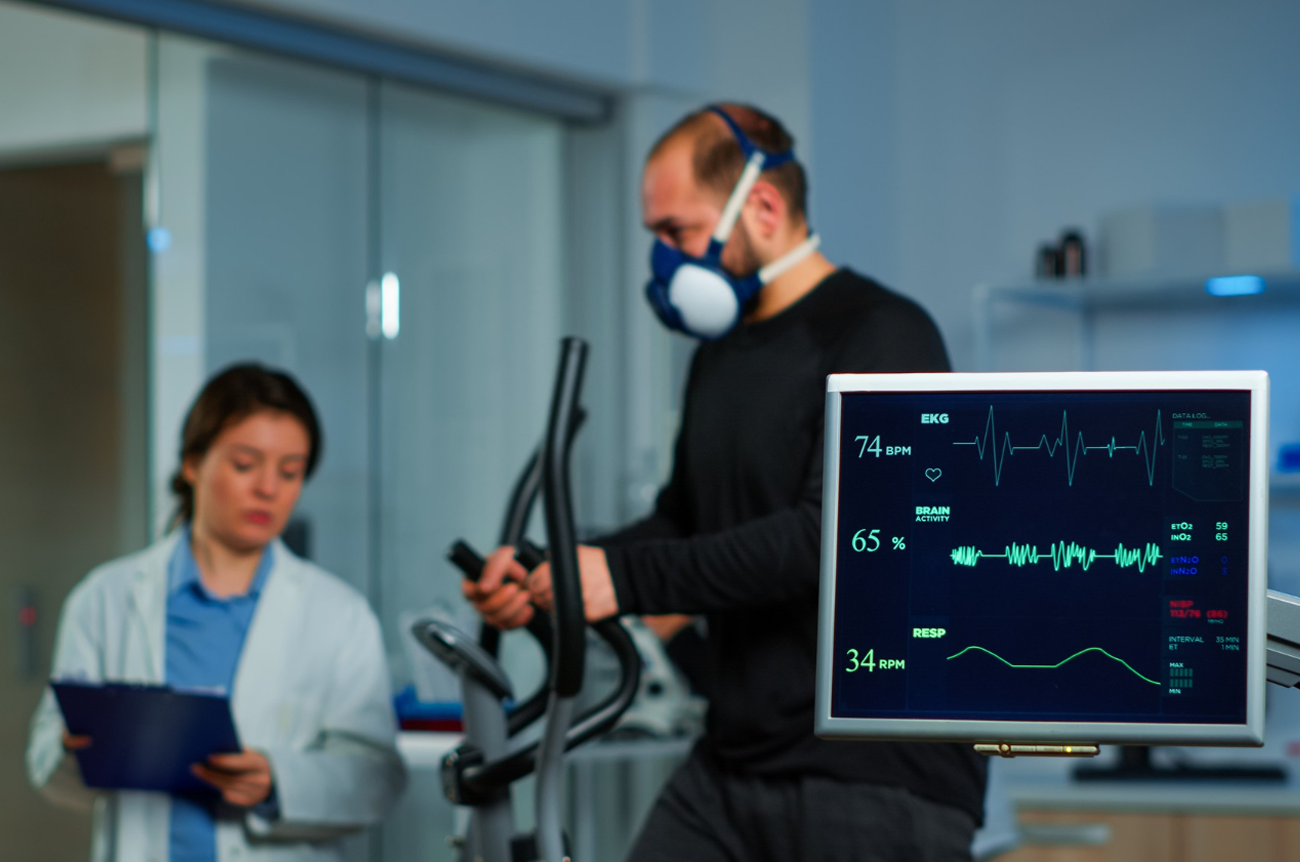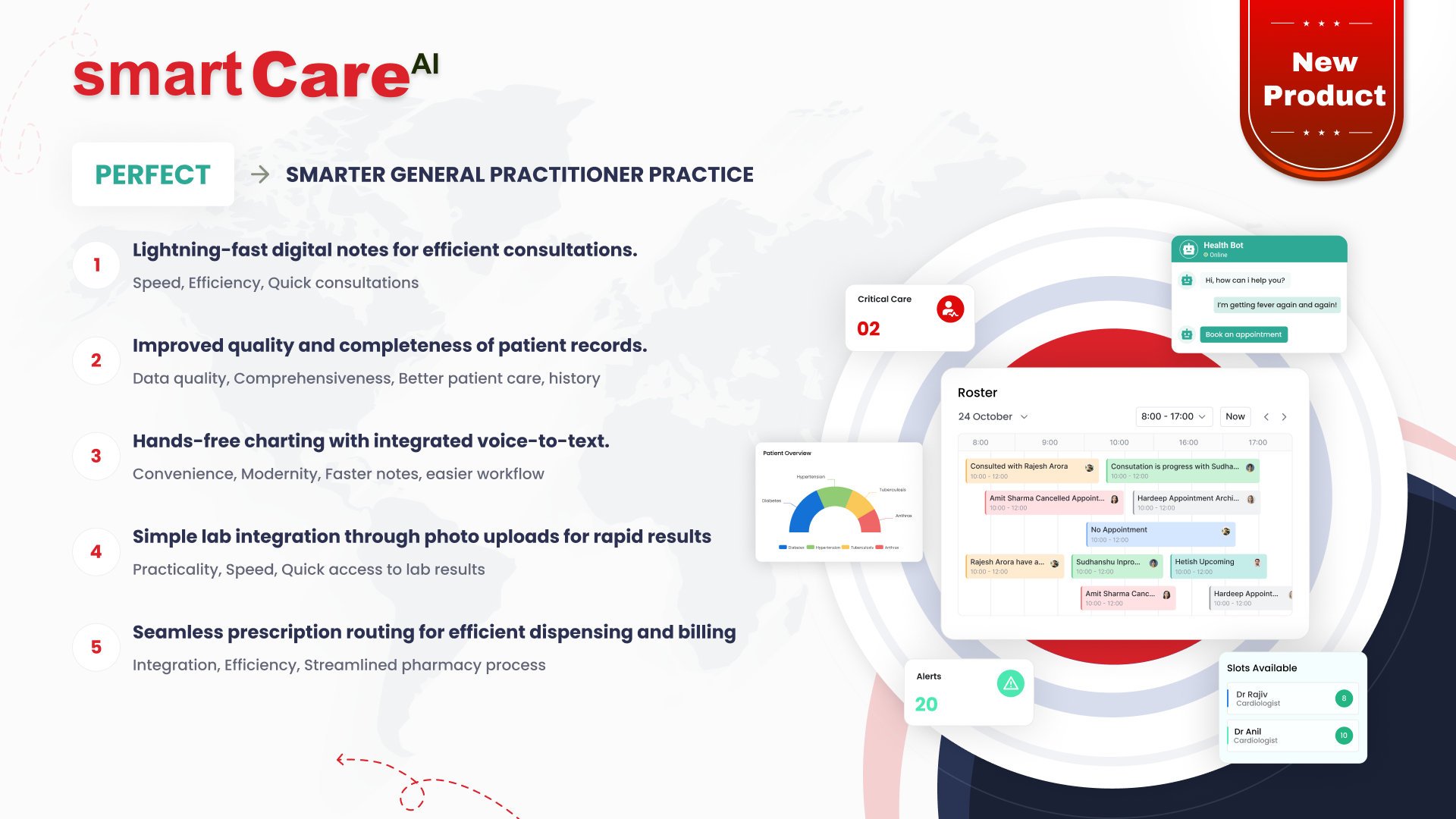
Posted On November 29, 2024
What Role Will IoT Play in the Future of Digital Health and Patient Monitoring
As healthcare continues to evolve rapidly, the Internet of Things (IoT) is at the forefront of transforming digital health and patient monitoring. By connecting a wide range of devices, IoT has unlocked new opportunities for real-time monitoring, personalised care, and cost savings in healthcare. This blog explores how IoT is reshaping the future of digital health, focusing on key benefits and potential challenges.
Understanding the Impact of IoT on Modern Healthcare Systems
IoT has introduced a new level of connectivity in healthcare, enabling the seamless sharing of information across devices, healthcare providers, and patients. The integration of IoT in healthcare systems allows devices to collect and transmit data in real-time, enhancing the accuracy of patient records and improving clinical decision-making. In an environment where data accuracy and speed can be critical, IoT provides healthcare professionals with actionable insights to respond faster and more effectively to patient needs.
Moreover, IoT enables proactive rather than reactive care. Connected devices can detect changes in a patient’s vital signs and immediately alert healthcare providers, who can intervene before issues escalate. For patients with chronic conditions, this proactive approach can mean fewer hospital visits and a higher quality of life.
How IoT is Enhancing Real-Time Patient Monitoring
One of the most transformative applications of IoT in healthcare is real-time patient monitoring. Wearable IoT devices, such as smartwatches, heart monitors, and glucose sensors, continuously track and report patient data. This capability allows healthcare providers to monitor patients remotely, enabling real-time care even outside of a clinical setting.
For example, a wearable device that monitors heart rate and blood pressure can alert healthcare providers of irregular patterns, allowing early intervention for potential cardiac issues. This approach not only improves patient outcomes but also reduces the burden on healthcare facilities, as patients are able to stay at home while still receiving high-quality care.
The Role of IoT Devices in Personalised Healthcare Solutions
IoT in healthcare allows for highly personalised treatment plans tailored to individual patients. With data gathered from various IoT devices, healthcare providers can analyse patterns and make treatment decisions that best suit each patient’s needs. This personalised care is particularly impactful for patients managing chronic conditions, as their unique data can guide tailored interventions and treatment adjustments over time.
For instance, IoT-enabled glucose monitors for diabetes patients provide real-time feedback that can be used to adjust diets, medication doses, and exercise routines. Similarly, IoT technology can help doctors track progress and make proactive adjustments to treatment plans, all of which enhances the personalisation of patient care.
Benefits of IoT Integration in Digital Health for Patients and Providers
Integrating IoT into healthcare brings a host of benefits for both patients and healthcare providers. For patients, IoT fosters convenience, as they can monitor their health through wearables and other devices from the comfort of their home. This convenience also contributes to better patient engagement, as patients feel empowered to take an active role in managing their health.
For healthcare providers, IoT helps reduce administrative workload by automating the collection and analysis of health data. The technology also enables streamlined communication between medical devices and electronic health records (EHRs), which improves overall efficiency and accuracy in healthcare settings. By offering reliable insights and automating routine tasks, IoT ultimately helps providers focus more on direct patient care.
Transforming Remote Patient Monitoring with IoT Technology
Remote patient monitoring (RPM) is one of the most promising areas for IoT in digital health. IoT-enabled devices, including remote ECGs, blood pressure monitors, and oxygen sensors, allow healthcare providers to keep track of patients from a distance. This is particularly valuable for patients who live in rural or remote areas where access to healthcare facilities is limited.
The advantages of RPM with IoT extend beyond convenience. This approach allows for early detection of health issues and reduces the need for hospital admissions and readmissions, easing pressure on healthcare systems. Moreover, in cases of infectious diseases, RPM minimises in-person contact, thus reducing the risk of transmission for both patients and healthcare workers.

How IoT is Helping Reduce Healthcare Costs and Improve Outcomes
IoT-powered health devices and applications are improving the efficiency of healthcare delivery, making it easier to monitor patients remotely, prevent hospital readmissions, and streamline workflows. By enabling real-time tracking of patient health data, IoT helps reduce unnecessary visits to healthcare facilities, thus lowering overall costs. Wearable devices, for example, monitor heart rate, blood pressure, and glucose levels, alerting both patients and healthcare providers to any abnormalities. This real-time information allows providers to take immediate action, reducing the chances of complications and improving patient outcomes.
The integration of IoT in healthcare also reduces operational costs by optimising the use of resources. For instance, IoT-enabled asset tracking helps hospitals manage their equipment more effectively, ensuring that critical devices are always available and well-maintained. By lowering both patient-related and operational costs, IoT plays a crucial role in making healthcare more affordable and accessible.
Key IoT Innovations Shaping the Future of Digital Health
The digital health landscape is witnessing numerous IoT innovations that promise to further enhance patient care. One significant innovation is the development of smart implants, which can provide real-time updates on a patient’s condition directly to healthcare providers. Another breakthrough is IoT-enabled ingestible sensors that track medication intake, helping ensure patients adhere to their prescribed treatments.
Moreover, telemedicine is growing rapidly, especially with IoT-enabled devices that facilitate remote diagnostics and treatment. Connected stethoscopes, ultrasound devices, and other diagnostic tools are transforming telemedicine, enabling doctors to assess patients from any location. These innovations empower both patients and providers with greater flexibility, fostering a healthcare environment that is responsive, timely, and efficient.
Data Security and Privacy Challenges in IoT-Enabled Healthcare
Despite the benefits IoT brings to healthcare, data security and privacy remain critical challenges. IoT devices collect sensitive information about patients, from personal health data to real-time location tracking. This data is valuable but vulnerable, as it’s stored across multiple devices and networks, increasing the risk of breaches.
Healthcare providers must prioritise security measures to protect patient data. Encrypting data, using secure connections, and implementing multi-factor authentication are essential to safeguarding IoT-enabled healthcare systems. Moreover, healthcare providers must comply with regulatory standards, such as the Health Insurance Portability and Accountability Act (HIPAA) in the USA, to ensure patients’ data is handled responsibly. As IoT continues to evolve in healthcare, addressing these challenges will be key to building trust and ensuring data integrity.
Predictive Healthcare: Leveraging IoT for Proactive Patient Care
One of IoT’s most promising contributions to digital health is its ability to enable predictive and proactive patient care. IoT devices collect extensive health data over time, allowing healthcare providers to identify patterns and predict potential health issues before they become critical. For example, continuous monitoring of heart rate and blood pressure can help identify early signs of cardiovascular problems, allowing doctors to take preventive measures.
This proactive approach not only improves patient outcomes but also reduces the strain on healthcare systems. Predictive healthcare enables early intervention, reducing the need for costly emergency treatments and hospital admissions. Through IoT, healthcare can shift from reactive treatment to proactive management, ultimately leading to healthier populations and more efficient use of resources.
The Future of IoT in Digital Health: Trends and Predictions
The future of IoT in healthcare is brimming with possibilities. Experts predict that IoT-enabled digital health will become even more personalised, with devices tailored to individual patients’ needs and health conditions. Artificial intelligence (AI) and machine learning (ML) will further enhance IoT’s capabilities, allowing for more accurate predictions and personalised treatment recommendations.
Moreover, as 5G technology becomes more widespread, IoT devices will become faster and more reliable, enabling real-time data transmission and analysis. This advancement will facilitate seamless telemedicine, allowing patients to receive care from the comfort of their homes. Additionally, the integration of blockchain technology with IoT is expected to improve data security, addressing some of the current privacy concerns. Together, these trends paint a promising future for IoT in healthcare, with the potential to redefine patient care and health outcomes.
Conclusion
The integration of IoT in digital health and patient monitoring is a game-changer for modern healthcare. By enabling real-time monitoring, enhancing personalised care, and supporting remote patient management, IoT empowers both patients and healthcare providers. As IoT technology continues to advance, it promises to make healthcare more proactive, efficient, and accessible.
For healthcare providers, investing in IoT solutions will be key to staying at the forefront of digital health, offering improved patient outcomes, and optimising operational efficiency. As we move forward, embracing IoT in healthcare can transform patient care on a global scale, paving the way for a more connected and responsive healthcare system.
For more information on how IoT and other digital health solutions can benefit your healthcare practice, visit smartData Inc..
